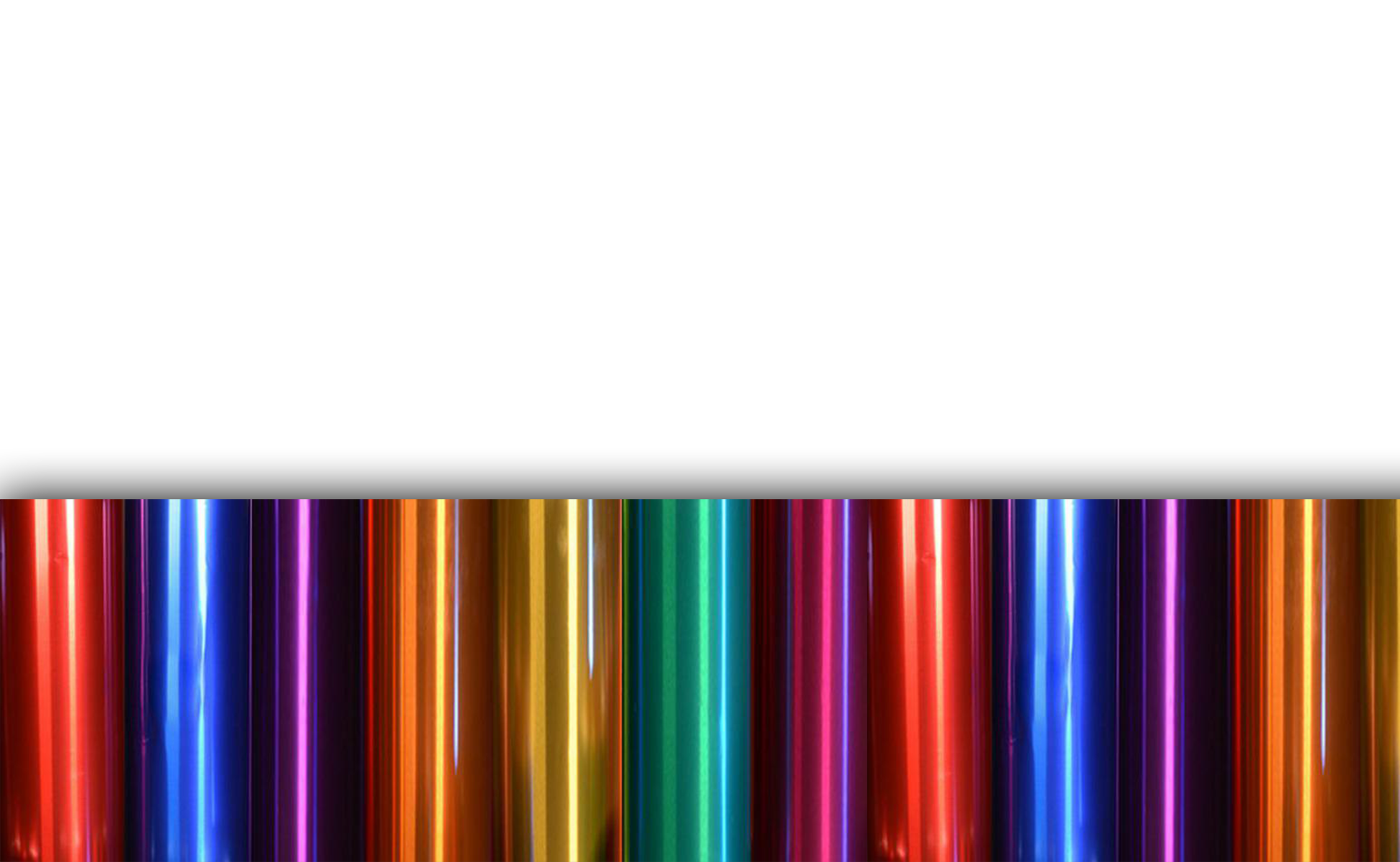Cold Stamping Foil
Cold stamping is a fast and flexible method of printing and stamping. It requires no metal dies, improving the speed at which any run of printing can be done. This is done is by printing using a UV-reactive adhesive and transferring the foil without the use of a die. A low cost printing plate is used to apply adhesive in the area of the design. The foil is then laid on the adhesive, and cured by UV light or oxidative drying before the foil is removed.
Cold stamping is possible for long and short print runs. The colours available for cold stamping are endlessly open to customisation.
Cold stamping produces brilliant metallic effects that are vibrant as well as precisely detailed. It is an affordable option for printers, and the customisation of colours in cold stamping foils inspires creativity and unique designs for products. The colours traditionally available include gold and silver along with holographic foils. They can be used instead of lamination for a metallic effect that will cover a large area of a substrate.
Cold stamping is a time-effective, economical method. When applied, these foils guarantee full coverage. They can be applied with speed and efficiency while also being used for delicate designs. Even the machinery needed to set up a cold stamping printing process is comparatively low cost. Cold stamping foils are also biodegradable.
Please Scroll down to view the Features, Benefits and Typical usages of our products etc..
The foils that Allmarks International provides have an array of formulations to meet the challenges of all your application needs. For details, please speak to us.
|
|
|
|
|
|
|
|
|
|
|
- On-press application at normal press speeds
- Press-perfect registration control
- Fast setup with no up-front tooling or dies
- Efficient for both short and long print runs
- Limited operator training necessary
- Minimal investment for new market entry — existing presses can be retrofitted with cold foil modules
- Increased economies with “foil save” features with certain equipment
- Outstanding post-press flatness — process does not deform the substrate
- Infinite spectrum of color possibilities by overprinting silver cold foil
- Opportunity for a broader array of applications due to efficiencies
- Retain the texture of substrates, as cold foil requires little pressure
- Flexibility to produce large, solid areas with fine detail, halftones, small fonts, and knockouts
- Professional differentiation with the ability to provide cost-efficient value-added print
- Cost savings and faster speed to market — no metal dies, post-press foil application, or outsourcing
- Expanded sales and marketing opportunities — any run length possible
- Can pair nicely with UV Casting for a simulated holographic substrate
- No need to sacrifice sustainability for shine — cold foiled products are biodegradable and can be recycled using conventional techniques
|
|
|
|
|
|
|
|
|
|
|
|
|
|
|
|
|
|
|
|
|
|
|
|
|
|
|
|
|
|
|
|
|
|


